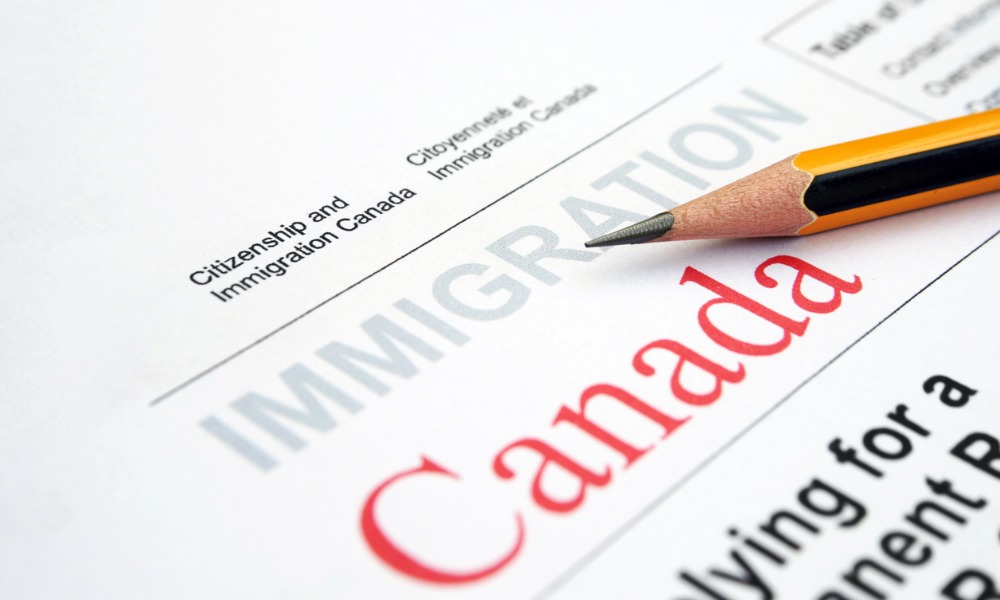
A car accident claim requires mountains of paperwork to prove what happened, who owes what, and how much everything costs. Every piece of correspondence showing how the wreck messed up your life is collected by attorneys. Each paper serves its own purpose in the legal fight. Skip something important, and your claim gets weaker or sits in limbo forever. A skilled car accident attorney in Nashville walks clients through collecting this stuff methodically instead of panicking later when insurance adjusters suddenly demand proof of something.
Document collection starts the day of the crash and continues through all your treatment and healing. Wait a month or two, and crucial evidence vanishes. People forget what they saw. Security cameras record over old footage. Hospitals stick medical files in deep archives. After vehicle incidents, well-maintained records contribute to smoother resolution processes under a Nashville Car Accident Attorney.
Police and accident reports
Official crash reports from cops who showed up establish the basic facts of most claims. These papers lay out the scene, everyone involved, what witnesses said, and what officers thought about who caused it. Attorneys want full copies with all the attached drawings, pictures, and any follow-up reports. Lots of police departments post reports online days after crashes. Some make you show up in person or mail requests.
Reports get things wrong sometimes, which means filing formal corrections. Attorneys read reports closely, marking down any mistakes about where cars ended up, what traffic signs said, or facts that don’t match reality. Fixing report errors early stops insurers from using bad information against you later. Reports also list every driver, passenger, and witness with phone numbers and addresses that attorneys use for digging deeper.
Medical treatment records
Medical paperwork connects your injuries straight back to the crash. Attorneys gather records from:
- Emergency rooms right after the wreck
- Ambulance companies and what paramedics wrote down
- Regular doctor visits dealing with injury problems
- Specialists handling specific injury types
- Physical therapy sessions and how you’re improving
- Imaging centers with your X-rays, MRIs, and CT scans
- Pharmacies filling your pain pills and other medications
- Therapists helping with crash-related mental health stuff
Medical files need to run from the crash date straight through whatever treatment you’re getting now. Holes in your treatment timeline let insurers claim injuries weren’t that bad or that you healed up fine. Bills from each medical visit prove what the treatment actually costs for calculating damages.
Photographic and video evidence
Pictures and videos capture things words can’t describe properly. Attorneys want photos of vehicle damage from every angle, showing how hard things were hit. Injury photos taken right after crashes and during healing show visible harm changing over time. Scene photos showing road conditions, traffic lights, blocked views, and tyre marks preserve details about the environment where it happened.
Dashboard cameras, security recordings, or random people filming provide objective proof of how things went down. Cell phone records with exact times prove when people were driving or messing with their phones. Social media posts around when crashes happened sometimes contradict injury stories or show relevant stuff people were doing. Attorneys comb through online activity carefully, grabbing helpful posts while noting anything that could hurt the case.
Each document type proves different pieces of the puzzle. Thorough documentation gathered systematically from day one through final resolution arms attorneys with ammunition for squeezing maximum settlements or winning at trial.








